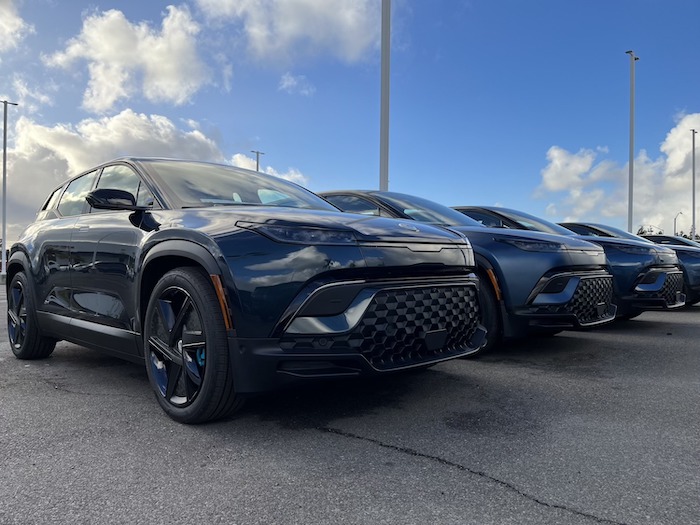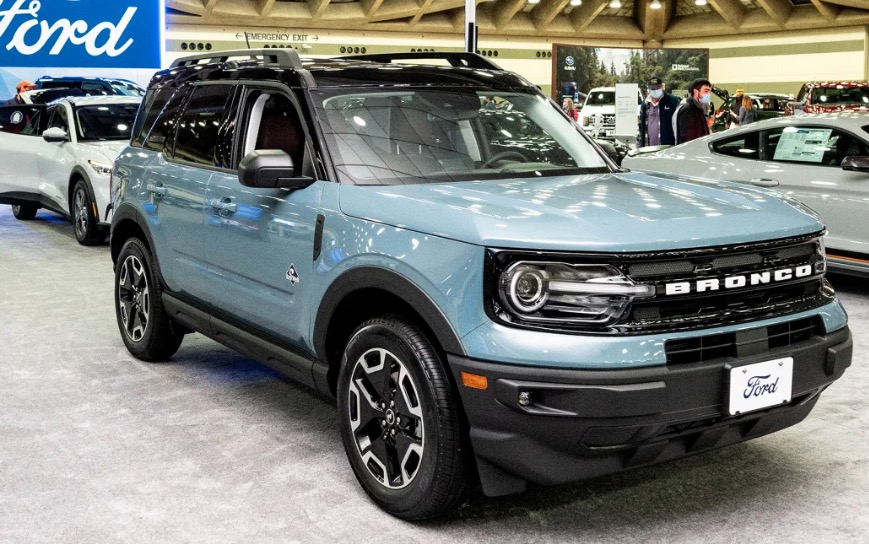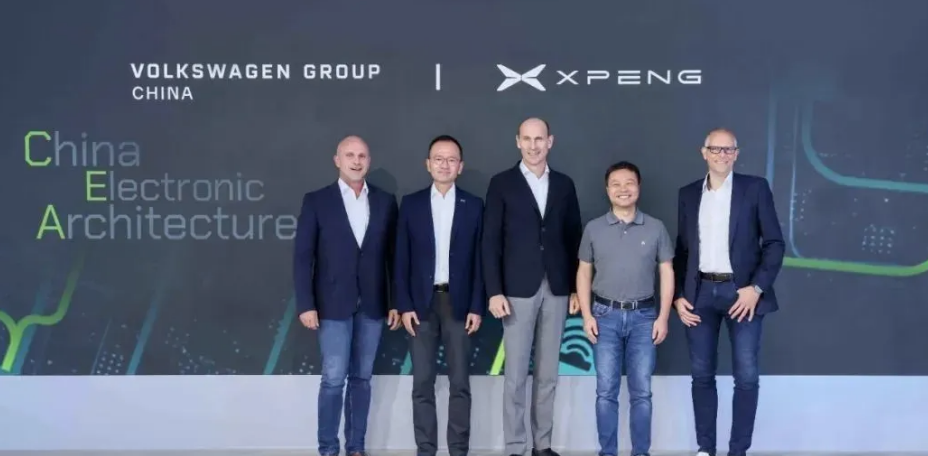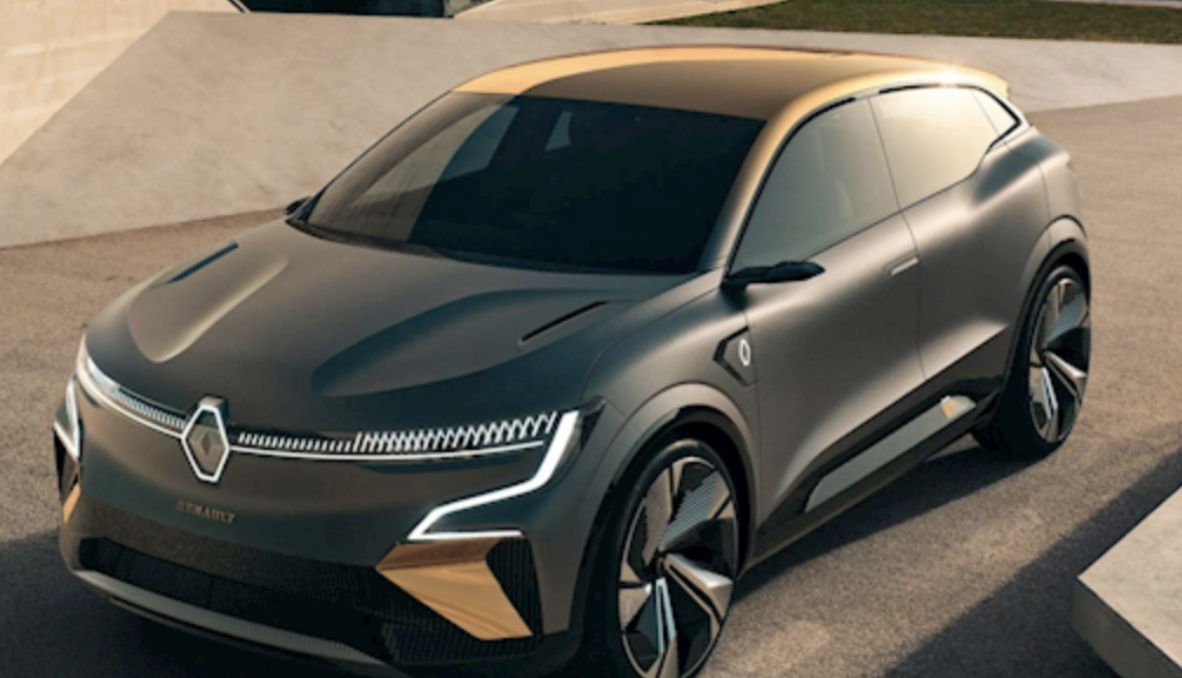March 25th, the American electric vehicle manufacturer Fisker announced that it had received a notice from a large automaker who had previously discussed potential transaction negotiations, stating that the latter had decided to terminate the negotiations. Fisker stated that as a result, the company would be unable to meet the closing conditions of the financing commitment and term sheet signed with an investor on March 18th, and intends to discuss with the investor the abandonment of this condition. The company will continue to evaluate strategic alternatives such as in-court or out-of-court restructuring and capital market transactions.

Although Fisker has never disclosed the specific name of the “large automaker”, industry rumors suggest that the negotiating partner is highly likely to be Nissan. If Fisker could successfully reach a financing agreement with Nissan, it would provide the necessary financial support and potentially accelerate cooperation in electric vehicle technology and market expansion. However, also on March 25th, Nissan updated its future electric vehicle development plan, announcing that it will launch 30 new models in the next three years, including 16 electric vehicle models and 14 internal combustion engine models, with the goal of increasing global sales by 1 million vehicles in three years based on the 2023 fiscal year. However, the business content did not mention anything related to Fisker. That night, Fisker received a notice from “a large automaker” to terminate the negotiations. With the termination of the negotiations, Fisker’s survival situation has become uncertain.
Affected by this news, Fisker’s pre-market stock price plunged 29.6%, hitting an all-time low of $0.086. The New York Stock Exchange (referred to as the “NYSE”) issued an urgent announcement stating that due to Fisker’s unusually low stock price, it is no longer suitable for continued trading on the NYSE and immediately suspended trading and will initiate the delisting process for Fisker stocks. As of the close, Fisker’s stock price fell 28%, closing at $0.090, with a total market value of only $48.165 million. It is understood that Fisker’s stock price has been below $1 for 30 consecutive trading days, which does not comply with the listing trading regulations of the NYSE.
It is understood that Fisker successfully landed on the Nasdaq through a reverse acquisition in October 2020, with the stock code FSR. On the day of its listing, the stock price rose 13% to $10.14. Afterwards, Fisker just caught up with the development trend of electric vehicles in the United States, and the highest stock price rose to $31.96. However, with the pressure on performance and development prospects, including new American power companies such as Lucid and Rivian, they began to face survival crises, and stock prices continued to fall.Historically, in 2022, Fisker’s stock price fell by 53.78% throughout the year, and in 2023, it fell by 75.93%. As of February 26, 2024, its stock price fell by 94.88%, leaving only $0.090.
On February 29th, Fisker released its 2023 annual report, showing that during the reporting period, the company achieved revenue of $273 million, compared to $342,000 in the same period; operating losses were $417 million, compared to $530 million in losses in the same period; net losses were $762 million, compared to $547 million in losses in the same period; as of December 31, 2023, Fisker holds cash and cash equivalents of $325 million, and restricted cash of $70.45 million.
In 2023, Fisker produced more than 10,000 vehicles in total, but the actual delivery volume was only about 4,700 vehicles. Fisker plans to deliver 20,000 to 22,000 Ocean electric vehicles in 2024, which is lower than the expected 35,600 vehicles. The company stated that the current resources are “not enough” to support the company’s operations for the next 12 months. Without additional financing, Fisker said it may be forced to reduce Ocean production, reduce investments, scale down operations, and further lay off employees.
Now, Fisker has also reached a critical moment of life and death. On March 14, according to Cailianpress cited the Wall Street Journal, Fisker has hired FTI Consulting and Davis Polk LLP to assist in filing for bankruptcy. Fisker may run out of cash this year, and it issued a going-concern warning last month, stating that there are “significant questions” about its ability to continue operations.
In fact, not only Fisker, but also once highly popular Rivian and Lucid are in trouble. Recently, both companies have reported disappointing results.
On February 21, Rivian announced its annual financial report showing that in 2023, the annual revenue was 4.434 billion US dollars, a year-on-year increase of 167%, but at the same time, the loss was as high as 5.432 billion US dollars. In the financial report, Rivian announced that it will lay off 10% of its staff to cope with the severe situation of the electric vehicle market. It is understood that Rivian delivered a total of 50,100 new cars in 2023, which is significantly lower than market expectations. Tesla CEO Elon Musk said that based on the current trajectory, Rivian will go bankrupt in about six quarters, and added that “maybe this trajectory will change, but so far it hasn’t.” It is understood that as of December 31, 2023, Rivian’s cash reserves on the books were 7.9 billion US dollars.
Lucid’s situation is not optimistic either. The financial report shows that in 2023, Lucid had a net loss of 2.83 billion US dollars, an increase of 117% over the previous year. Lucid expects to produce 9,000 vehicles this year, far below the expected 14,000 vehicles by analysts. Last year, the company produced 8,428 vehicles. With a net loss of 2.83 billion US dollars, Lucid lost about 336,000 US dollars for every vehicle produced last year.
A few years ago, the new American carmakers Rivian, Lucid, and Fisker were all in great style. With the high interest of investors, the market value of these American electric vehicle manufacturers once had the potential to challenge Tesla. Today’s situation is not so optimistic. After the beginning of 2024, the “life and death reshuffle” of the new carmakers is staged globally. According to the survey of the financial situation of 10 new American carmakers by Automotive News in the United States, most of them are facing the predicament of tight cash flow, and only 4 companies have enough cash to maintain operations for more than a year.
At present, China is the largest auto market in the world and the largest new energy vehicle market in the world. More and more overseas brands hope to make some achievements in the Chinese market. However, judging from the current performance of the Chinese market, except for Tesla, the performance of other overseas brand new energy vehicles is very ordinary. Now, the competitive environment that Chinese electric vehicle market is facing and when Tesla first entered the Chinese market is very different. At that time, Tesla was in a dominant position, and now the pattern of the new carmakers has been initially stabilized. The new energy brands of traditional automakers are exerting their strength. Other overseas brands want to get a share of the fiercely competitive Chinese market, and they still need to be prepared for a long-term battle. Earlier, Fisker announced that it would open its first delivery center in China in 2023 and deliver Fisker Ocean to Chinese users in the first quarter of 2024. With the delisting of stocks and the failure of the partnership, this move is probably difficult to achieve.



